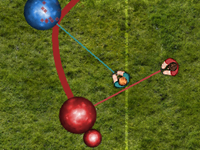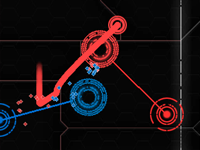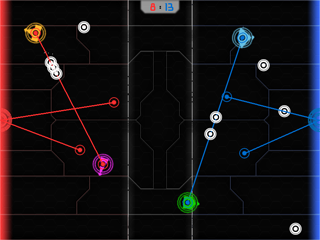After missing last year’s NaNoGenMo (the generative cousin of the NaNoWriMo: the National Novel Generation Month), I thought I should finally take the plunge this year. Nevermind that I never made any generative text before.
The Greater Book of Transmutation is mainly based on a free association database that I found here. It’s about making things, using materials that are commonly associated with them – e.g., a cat might be made from “being feline”, “claws”, “meows” and “being graceful” and “tail”. Throw in a system of tools with actions that use/transform materials, a bit of word classification, a markov chain latin words generator, a lot of silliness and bit LaTeX, and you get:
You can find the resulting PDF here.
The source code (MIT license) written in Python is also available.
An example:
How to make a book in 12 easy steps:
Materials:
- 10 hymns
- 178 readings
- 10 clear concepts of poem
- 4 clear concepts of guide
Tools:
- bucket with water
- vessel
- pet unicorn
- ballpoint pen
Instructions:
- Let vessel cool down.
- Heat vessel.
- Dip 10 clear concepts of poem into the bucket with water.
- Feed 10 clear concepts of wet poem to your pet unicorn.
- Let your pet unicorn lick 10 hymns.
- Pet your pet unicorn.
- Wait for a long time.
- Wait until your pet unicorn poops. Receive 124.89 ounces of a very dirty pile of “wet poem”
- Draw a magic circle on the floor using the ballpoint pen.
- Draw a cross into the circle and place 10 licked hymns, 178 readings, 4 clear concepts of guide and 124.89 ounces of a very dirty pile of “wet poem” on each corner.
- Whisper the following spell: “Alchemia implacabilis! Meio clystermitto clodigo condocefaciencia, millibi! Verca bisellatrocinium! Creditor circumbrans!”
- Reluctantly, a book will appear inside the circle.
That might also help those that are struggling to make a book. And if you are missing one of the materials or tools, maybe another entry in The Greater Book of Transmutation could help you make it!
Used data sources:



